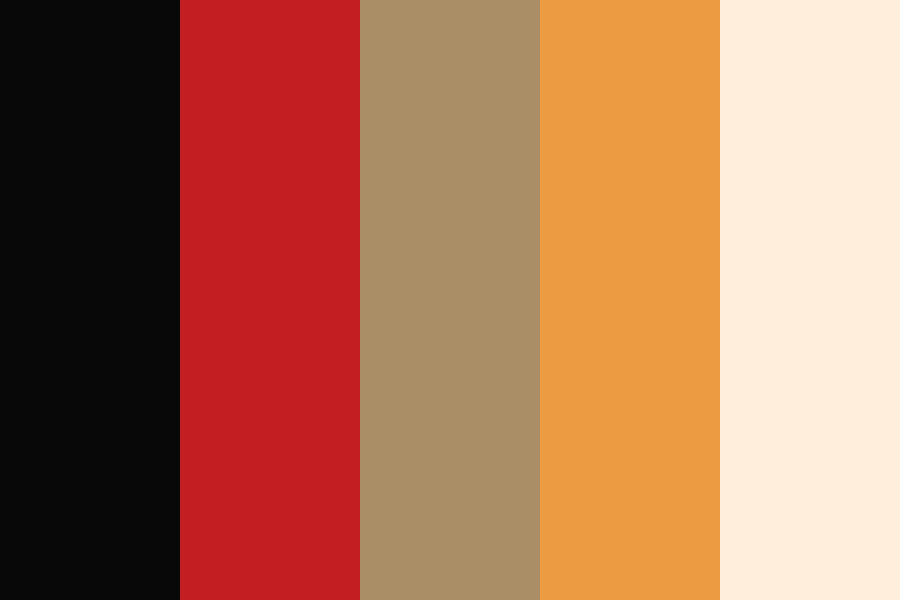

Displays of contemporary collector's cabinets of birds, butterflies, eggs, flowers and minerals are interspersed at intervals throughout the compendium, with individual specimens colour matched to colour swatches. Once I worked on a textbook that had 11 different varieties of sidebar and several other things going on. In a complicated book you may need 10 or even 15 or more colors. The layout of the book itself is made in a creative and cozy Japanese style. While complementary colors contrast naturally, you can increase the contrast in any color scheme by combining. Contrast between bright tints and dark shades increases visibility and ensures that the best book covers stand out on the shelf or a search results page. Thus, you can immediately use the palette in your design. Yellow and Purple Blue, Green, and Yellow. Each palette is presented in three color schemes RGB, CMYK, HEX.

A ton of photos with palettes, as well as sets of palettes without photos.
#BOOK PALETTE COLOR FULL#
Readers can see for themselves Tile Red in the Cock Bullfinch's breast, Shrubby Pimpernel and Porcelain Jasper or admire the Berlin Blue that Syme identified on the wing feathers of a Jay, in the Hepatica flower and in Blue Sapphire. A full color palette can consist of any number of colors, whether RGB for an ebook, or CMYK for a print book. Book design Each category has its own style, colors and shapes. This fully realized colour catalogue includes elegant contemporary illustrations of every animal, plant or mineral that Syme cited. Best Color Theory Books For Artists Color Choices Interaction of Color Color by Betty Edwards Making Color Sing Confident Color Exploring Color Workshop. In Nature's Palette this technicolour trove has, for the first time, been enhanced with the addition of illustrations of the animals, vegetables and minerals Werner referenced alongside each colour swatch and accompanied by expert text explaining the uses and development of colour standards in relation to zoology, botany, minerology and anatomy. The resulting resource proved invaluable not only to artists but also to zoologists, botanists, mineralogists and anatomists. Werner's set of 54 colour standards was enhanced by Patrick Syme with the addition of colour swatches and further references from nature, taking the total number of hues classified to 110.

First published in 1814 and expanded in 1821 - long before the era of colour photography or print - Syme's edition of Werner's Nomenclature of Colours attempted to establish a universal colour reference system to help identify, classify and represent species from the natural world.


 0 kommentar(er)
0 kommentar(er)
